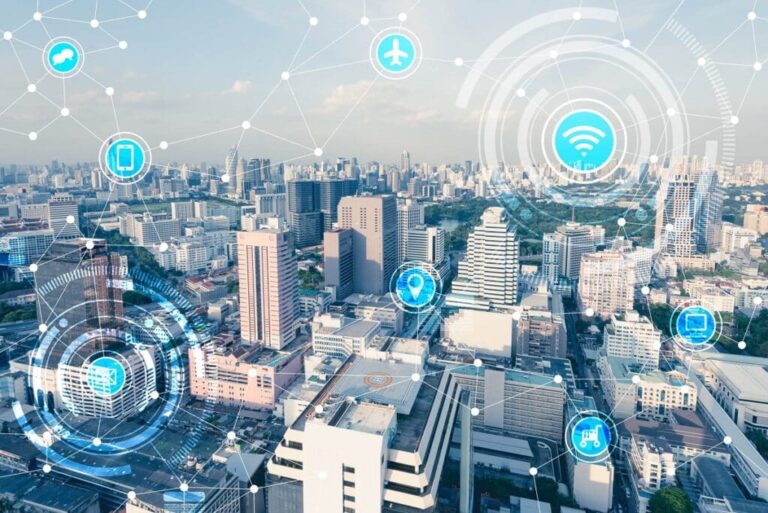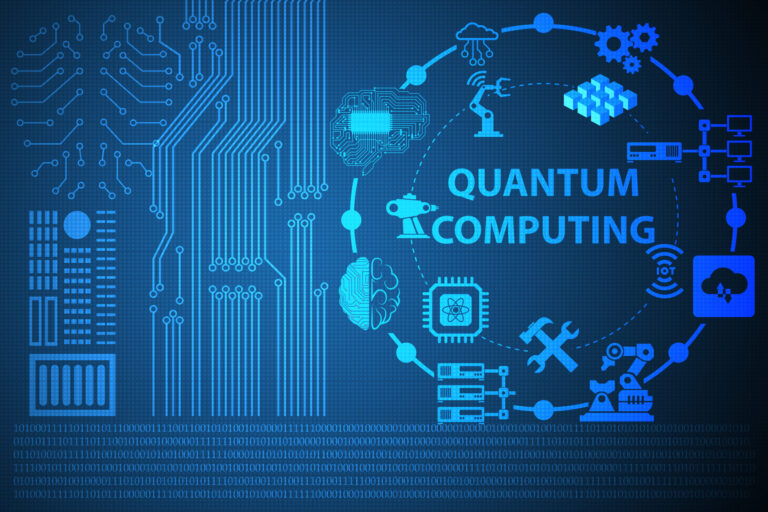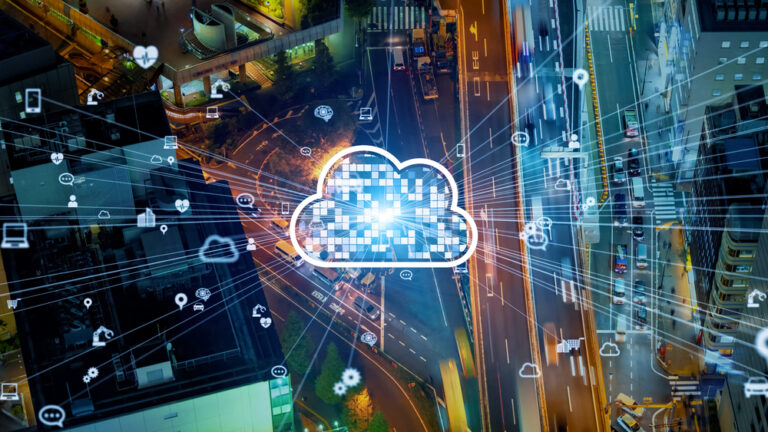Introduction
The world is moving towards ultra-fast, low-latency connectivity with 5G, and research on 6G is already underway. These next-generation networks will revolutionize communication, smart cities, AI, and the Internet of Things (IoT).
But how exactly will 5G and 6G change our world? Let’s explore their potential impact on technology, business, and daily life.
1. What is 5G and How Does It Work? 📶
5G (Fifth-Generation Wireless) is the latest mobile network, offering:
✔️ Speeds up to 100x faster than 4G.
✔️ Ultra-low latency (response time under 1 millisecond).
✔️ Better connectivity for billions of IoT devices.
✔️ High bandwidth, enabling 4K/8K streaming, cloud gaming, and AR/VR.
💡 Example: With 5G, you can download a full HD movie in seconds!
🚨 Challenge? 5G requires new infrastructure like small cells and fiber networks.
2. How Will 5G Transform Industries? 🌍
🏥 Healthcare & Telemedicine
✔️ Remote surgeries using robotic arms controlled in real-time.
✔️ Instant patient monitoring through 5G-enabled medical wearables.
✔️ AI-driven diagnostics with cloud-based healthcare systems.
💡 Example: A surgeon in New York could perform a real-time operation on a patient in Tokyo using 5G-powered robotics.
🚗 Autonomous Vehicles & Smart Transport
✔️ Self-driving cars will communicate instantly with roads, traffic signals, and other vehicles.
✔️ Smart cities will use 5G for real-time traffic management.
✔️ Public transport systems will be optimized for efficiency and safety.
💡 Example: A 5G-enabled autonomous taxi can detect pedestrians and obstacles instantly, preventing accidents.
🎮 Gaming & Augmented Reality (AR/VR)
✔️ Cloud gaming services (like Xbox Cloud, Google Stadia) will run without lag.
✔️ Immersive AR/VR experiences for education, gaming, and training.
✔️ Virtual concerts, sports events, and metaverse experiences powered by 5G.
💡 Example: Gamers can play high-end games on mobile devices without downloads or lag!
🏭 Smart Manufacturing & IoT
✔️ Automated robots in factories will improve productivity.
✔️ IoT sensors will monitor machine health and prevent breakdowns.
✔️ 5G-powered drones will revolutionize logistics and agriculture.
💡 Example: Factories will use AI-powered robots to self-repair and optimize production.
3. What is 6G? How Will It Be Different from 5G? 🚀
6G (Sixth-Generation Wireless) is expected to launch by 2030, offering:
✔️ Speeds up to 100x faster than 5G (1 terabit per second!).
✔️ AI-driven networks that self-optimize for better performance.
✔️ Holographic communication replacing video calls.
✔️ Underwater and space communication for interplanetary internet!
💡 Example: 6G could enable hologram-based virtual meetings, making Zoom calls obsolete.
🚨 Challenge? 6G will need quantum computing-powered data processing to handle ultra-fast speeds.
4. The Future of Connectivity: What’s Next? 🌐
By 2035, global networks will be fully integrated with AI, smart cities, and real-time digital experiences.
✔️ 5G & 6G will power ultra-smart AI assistants that anticipate your needs.
✔️ 100% real-time remote work & education with virtual reality.
✔️ Interconnected smart cities using 6G-powered IoT devices.
💡 Companies Leading the 5G & 6G Race:
✔️ Huawei, Qualcomm, and Samsung – Developing 6G prototypes.
✔️ Google, Facebook, and Microsoft – Expanding cloud AI & AR/VR services.
✔️ Tesla and Apple – Innovating in autonomous vehicles & AI-driven smart tech.
🚨 Concern? Cybersecurity risks will increase as ultra-fast networks expand.
Conclusion
5G is already transforming industries, and 6G will take connectivity beyond our imagination. These networks will power AI-driven automation, smart cities, and new virtual experiences.
🚀 Are you excited about the future of 5G and 6G? Let’s discuss!















